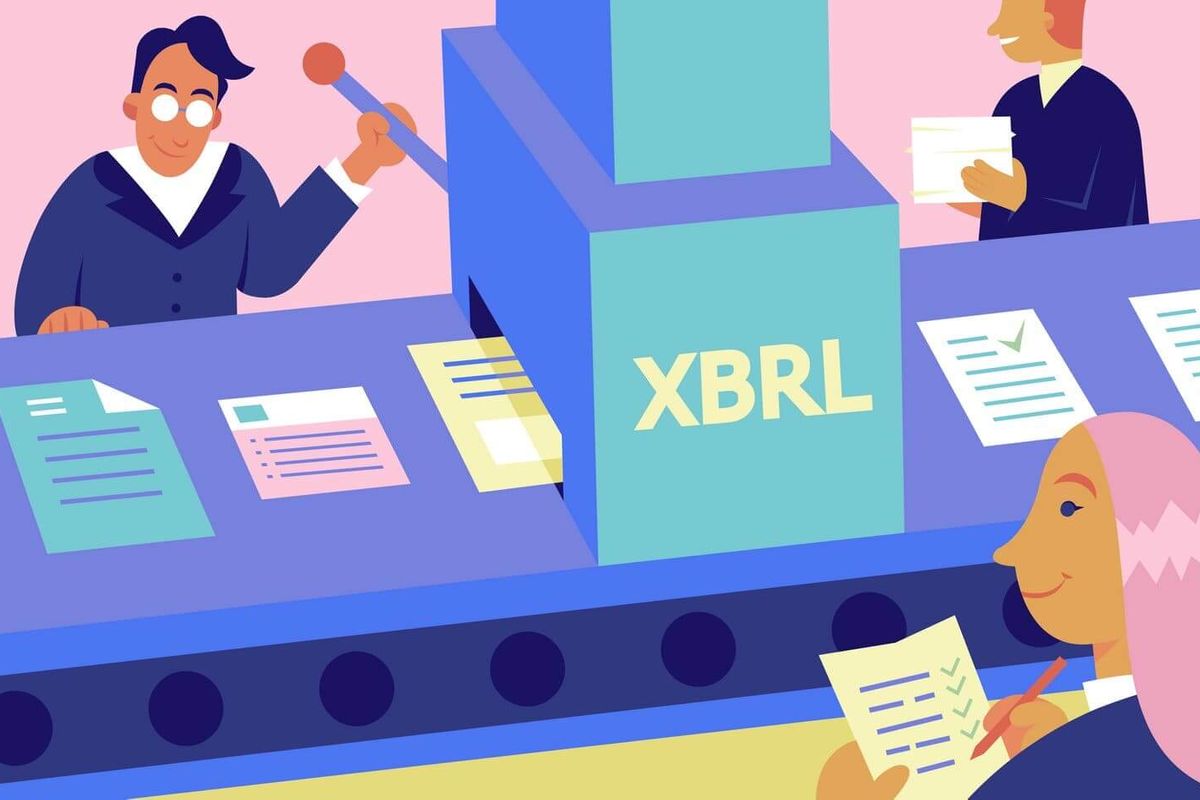In today’s digital age, the business world is constantly evolving, and so are the methods of financial reporting. Traditional methods of paper-based reporting are being replaced by more efficient and accurate electronic methods. One such method that has gained significant popularity is XBRL filing. XBRL, short for eXtensible Business Reporting Language, is a standardized format for the exchange of financial information. In this article, we will delve into the details of XBRL filing and explore why it has become an essential tool for financial reporting.
What is XBRL?
XBRL is a language for the electronic communication of business and financial data. It provides a standardized way of presenting and exchanging financial information, making it easier to compare and analyze data from different sources. The primary purpose of XBRL is to improve the accuracy, speed, and efficiency of financial reporting.
How does XBRL work?
XBRL works by tagging each piece of financial information with a unique identifier, known as a tag. These tags allow software applications to recognize and interpret the data, making it easily accessible and reusable. For example, if a company’s financial statement contains data for “revenue,” the corresponding tag would identify it as such. XBRL tags cover a wide range of financial information, including balance sheets, income statements, cash flow statements, and footnotes.
Benefits of XBRL filing
1. Improved accuracy
XBRL eliminates the need for manual data entry and reduces the chances of errors that may occur during the transfer of financial information. With the standardized tagging, data is automatically validated and can be easily verified for accuracy.
2. Enhanced efficiency
XBRL streamlines the reporting process by automating data collection, analysis, and presentation. It reduces the time and effort required for financial reporting, allowing companies to focus on more strategic tasks.
3. Easy comparability
XBRL enables easy comparison of financial data across different companies, industries, and time periods. Investors, analysts, and regulators can quickly analyze and benchmark performance, facilitating better decision-making.
4. Cost savings
By eliminating the need for manual data entry and reducing the chances of errors, XBRL filing can lead to significant cost savings for companies. It also simplifies the auditing process and reduces compliance costs.
5. Increased transparency
XBRL enhances transparency by providing a standardized format for financial reporting. This helps investors and stakeholders gain a clearer understanding of a company’s financial health, leading to increased trust and confidence in the information provided.
XBRL filing requirements
Many regulatory bodies worldwide have adopted XBRL as the standard for financial reporting. Companies are required to submit their financial statements in XBRL format according to the specific requirements set by the respective regulatory authorities. These requirements may vary in terms of the scope of reporting, level of detail, and tagging taxonomy.
XBRL software and tools
To create and validate XBRL filings, specialized software and tools are available in the market. These tools facilitate the tagging of financial data, validation against the XBRL taxonomy, and creation of XBRL instance documents. Companies can choose from a range of commercial software or utilize open-source tools for XBRL filing.
XBRL filing has revolutionized the way financial information is reported and exchanged. Its standardized format, accuracy, efficiency, and comparability benefits have made it an indispensable tool for companies, investors, and regulatory bodies.
By embracing XBRL, businesses can streamline their financial reporting processes, enhance transparency, and improve decision-making capabilities. As the digital transformation continues, XBRL will likely play a crucial role in shaping the future of financial reporting.



